Home>Garden Essentials>How Long Does It Take Cantaloupe To Germinate
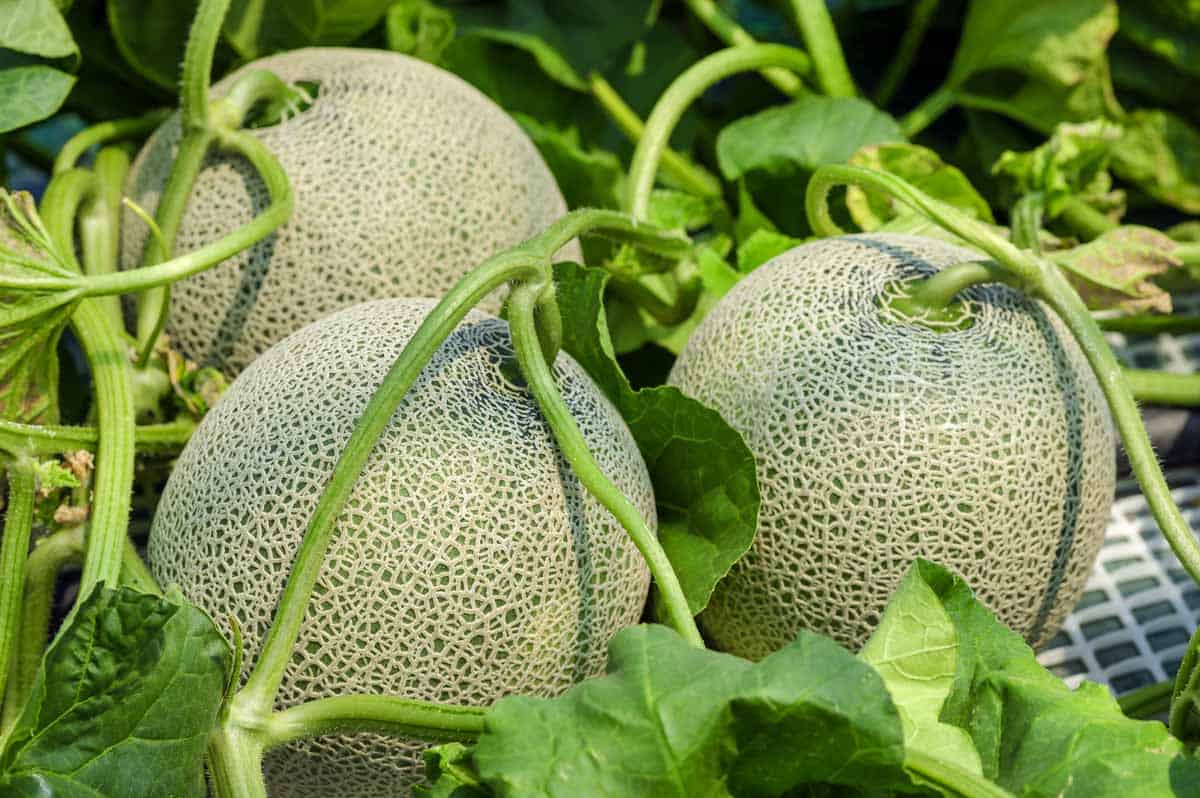

Garden Essentials
How Long Does It Take Cantaloupe To Germinate
Modified: August 25, 2024
Discover how long it takes for cantaloupe to germinate in your garden. Benefit from expert tips for successful germination and growing.
(Many of the links in this article redirect to a specific reviewed product. Your purchase of these products through affiliate links helps to generate commission for Storables.com, at no extra cost. Learn more)
Introduction
Welcome to the world of gardening! Whether you’re a seasoned green thumb or just starting out, understanding the germination process of different plants is key to successful gardening. In this article, we will dive into the fascinating world of cantaloupe germination. Have you ever wondered how long it takes for cantaloupe seeds to sprout? Well, you’ve come to the right place to find out!
Cantaloupes, also known as muskmelons, are delicious and juicy fruits that are popular among gardeners and fruit enthusiasts. It’s no wonder that many people want to grow their own cantaloupes, as it allows them to enjoy the freshest and most flavorful fruit possible.
But before you can sink your teeth into that sweet, juicy cantaloupe, you need to understand the germination process. Germination is the process by which a seed develops into a new plant, and it is a crucial step in the life cycle of all plants, including cantaloupes.
So how does the germination process work? It all starts with a seed. Cantaloupe seeds are encased in a protective outer coat that helps them withstand harsh conditions. When the environmental conditions are favorable, the seed absorbs water and begins to swell. This triggers a chain reaction of biochemical changes within the seed, which ultimately leads to the emergence of a new plant.
Germination requires specific conditions to be met, including adequate moisture, temperature, and oxygen availability. In the next sections, we will explore the factors that influence cantaloupe germination and the ideal growing conditions to maximize germination success.
Key Takeaways:
- Cantaloupe seeds typically take 7 to 14 days to germinate, but factors like temperature, moisture, and seed quality can influence the timeframe. Providing warm soil, consistent moisture, and high-quality seeds can enhance germination success.
- Enhance cantaloupe germination by pre-soaking seeds, starting indoors, using bottom heat, and maintaining proper moisture levels. Consistent care, adequate sunlight, and pest control contribute to healthy and vigorous growth.
Understanding the Germination Process
To understand the germination process of cantaloupe seeds, it’s important to familiarize ourselves with the different stages involved. These stages include seed activation, water absorption, root growth, and shoot emergence.
The first stage of germination is seed activation. When exposed to the right conditions, such as moisture and proper temperature, the seed enters a state of dormancy. This ensures that the seed remains viable until the optimal conditions for growth are present.
Once the seed is activated, the water absorption stage begins. The seed takes in water through its outer coat, causing it to swell and signal the start of germination. As the seed absorbs water, enzymes within the seed become activated, initiating metabolic processes that break down stored nutrients for the developing plant.
After water absorption, the root growth stage commences. A tiny root, known as the radicle, emerges from the seed and begins to grow downwards into the soil. This root anchors the plant and absorbs water and nutrients from the soil, providing essential resources for growth.
Simultaneously, the shoot emergence stage begins. A shoot, known as the hypocotyl, emerges from the seed and grows upwards towards the surface of the soil. As the shoot emerges, it carries with it the embryonic leaves, also known as cotyledons, which initially provide nourishment to the young plant.
Once the shoot breaks through the soil surface, it starts to develop true leaves, which will enable the plant to photosynthesize and continue growing. At this point, the germination process is complete, and the cantaloupe plant will continue to grow and produce fruit over time.
Understanding the intricacies of the germination process can help you better care for your cantaloupe seeds and ensure a higher success rate. By providing the optimal growing conditions and proper care, you can help your cantaloupe seeds germinate effectively and embark on a fruitful gardening journey.
Factors Affecting Cantaloupe Germination
While cantaloupe seeds have the potential to germinate and grow into healthy plants, several factors can influence the germination process. Understanding these factors and how they impact germination can help you optimize the conditions for successful cantaloupe seed germination.
1. Temperature: Cantaloupes thrive in warm soil temperatures, typically ranging from 70°F to 85°F (21°C to 29°C). Cooler temperatures can slow down germination or even prevent it altogether. It’s essential to provide enough warmth for the seeds to begin the germination process.
2. Moisture: Adequate moisture is crucial for germination. Dry soil can prevent seeds from absorbing water and initiating the germination process. On the other hand, excessively wet soil can lead to rot and fungal diseases. Maintaining a balanced level of moisture is key to promoting successful germination.
3. Soil Quality: Cantaloupes prefer well-draining soil that is rich in organic matter. Good soil structure allows proper root growth and oxygenation, facilitating healthy germination and seedling development.
4. Light: While cantaloupe seeds do not require light to germinate, they need it once the shoot emerges. Once the seedlings have emerged from the soil, it is essential to provide them with adequate sunlight or artificial light to enable proper photosynthesis and growth.
5. Seed Quality: Starting with high-quality cantaloupe seeds is crucial for successful germination. Opt for fresh seeds that are plump and free of damage or disease. Using old or low-quality seeds may result in poor germination rates.
6. Seed Treatment: Some gardeners choose to pre-treat cantaloupe seeds before germination. Treatments like scarification or soaking the seeds overnight can help break dormancy and increase germination rates. However, be cautious and follow recommended guidelines for seed treatment.
By paying attention to these factors and providing the optimal conditions for cantaloupe seed germination, you can significantly increase your chances of success. Remember, even with the best conditions, germination can still be influenced by external factors such as pests or diseases. Observing your plants closely and making adjustments as needed will help ensure a healthy and fruitful harvest.
Ideal Growing Conditions for Cantaloupe Germination
Creating the ideal growing conditions for cantaloupe germination is essential to ensure a successful start to your garden. By providing the right environment for your cantaloupe seeds, you can maximize their germination rates and set the stage for healthy growth. Here are some key factors to consider:
1. Soil Preparation: Choose a well-draining soil that is rich in organic matter. A sandy loam or loamy soil is ideal for cantaloupes. Before planting, ensure the soil is loose and free from any debris or weeds that may hinder seedling growth.
2. Moisture: Adequate moisture is crucial for germination. Keep the soil consistently moist, but not waterlogged, throughout the germination process. Water the soil gently to avoid displacing or damaging the seeds.
3. Temperature: Cantaloupe seeds require warm soil temperatures to germinate successfully. The optimal temperature range for germination is between 70°F and 85°F (21°C to 29°C). Using a soil thermometer can help you monitor and maintain the right temperature throughout the germination period.
4. Planting Depth: Plant the cantaloupe seeds at a depth of about 1 inch (2.5 cm) in the soil. This depth allows the seed to establish a strong root system while still being able to emerge from the soil surface.
5. Spacing: Provide adequate spacing between the seeds to allow for proper airflow and growth. Plant the seeds about 2 to 3 feet (60 to 90 cm) apart in rows or hills, depending on your preferred planting method.
6. Sunlight: Cantaloupes are sun-loving plants and require at least 6 to 8 hours of direct sunlight per day. Ensure that your planting area receives ample sunlight to promote healthy growth and fruit development.
7. Fertilization: Prior to planting, incorporate organic matter or well-balanced fertilizer into the soil to provide essential nutrients for the growing plants. Additionally, consider side-dressing with a nitrogen-rich fertilizer once the seedlings have emerged to support their early growth stages.
8. Pest and Weed Control: Implement suitable pest control measures to protect your cantaloupes from common pests such as aphids, cucumber beetles, and spider mites. Regular weeding is also important to prevent competition for nutrients and moisture.
Remember, consistent monitoring and careful adjustment of environmental conditions will help you create the best possible growing environment for your cantaloupes. By providing the optimal conditions, you are laying the foundation for healthy germination and ensuring a thriving cantaloupe garden.
Cantaloupe seeds typically germinate within 7-14 days when planted in warm, moist soil. Providing consistent moisture and a temperature of 70-90°F will help speed up the germination process.
Germination Timeframe of Cantaloupe Seeds
One of the most common questions among gardeners is how long it takes for cantaloupe seeds to germinate. While individual germination times may vary depending on various factors, understanding the typical timeframe can help you plan and manage your garden effectively.
On average, cantaloupe seeds take around 7 to 14 days to germinate. However, it’s important to note that germination time can be influenced by factors such as temperature, moisture, and seed quality.
Temperature plays a significant role in determining the germination timeframe. Warmer temperatures within the optimal range of 70°F to 85°F (21°C to 29°C) can expedite the germination process, resulting in quicker sprouting. Conversely, cooler temperatures can slow down germination or even inhibit it entirely.
Moisture is another critical factor for successful germination. Cantaloupe seeds require consistent moisture throughout the germination period. If the soil dries out, it can significantly delay or hinder the germination process. Maintaining proper moisture levels by watering the soil gently but consistently is essential for prompt and robust sprouting.
Seed quality also affects germination time. Fresh, high-quality seeds are more likely to germinate quickly and uniformly compared to old or low-quality seeds. Using reputable seed sources and ensuring seeds are properly stored can help maximize germination success rates.
Though the typical germination time for cantaloupes is around 7 to 14 days, it’s important to be patient and allow the seeds the time they need to sprout. Seedlings may emerge at different rates, and some may take a bit longer to germinate. Remember to provide consistent care and maintain the optimal growing conditions to support the germination process.
Keep in mind that germination is just the beginning of the plant’s growth. Once the seeds have sprouted, the seedlings will require ongoing care, including proper watering, sunlight exposure, and protection from pests and diseases.
By understanding the usual germination timeframe and providing the ideal growing conditions, you can ensure that your cantaloupe seeds have the best chance of germinating successfully and thriving throughout the growing season.
Tips for Enhancing Cantaloupe Germination
Enhancing cantaloupe germination can greatly increase your chances of a successful and productive harvest. Here are some tips to help you maximize germination rates and promote healthy growth:
1. Pre-soak the Seeds: To expedite the germination process, consider pre-soaking cantaloupe seeds before planting. Soaking the seeds in warm water for 24 hours can help soften the seed coat, allowing for easier water absorption and faster germination.
2. Start Indoors: If you live in a region with a shorter growing season, consider starting your cantaloupe seeds indoors. Plant the seeds in biodegradable pots or seed trays filled with a well-draining seed-starting mix. This gives the seeds a head start and allows you to control the germination conditions more effectively.
3. Use Bottom Heat: Cantaloupe seeds benefit from warm soil temperatures for optimal germination. To provide consistent warmth, consider using a seedling heat mat under your seed trays or pots. This extra heat can help expedite germination and encourage quicker sprouting.
4. Maintain Moisture Levels: Consistent moisture is crucial for successful germination. Monitor the soil moisture regularly and water as needed to keep the soil evenly moist, but avoid waterlogging. It’s a good idea to water with a gentle spray or mist to prevent displacing the seeds or creating a compacted soil surface.
5. Protect from Cold Temperatures: Cantaloupes are warm-season crops and are sensitive to cold temperatures. If planting outdoors, wait until all danger of frost has passed. In cooler climates, you can use row covers or cloches to protect the seedlings from cold snaps and provide them with a warmer microclimate.
6. Provide Ample Sunlight: Cantaloupes require full sun to thrive, so make sure to choose a planting location that receives at least 6 to 8 hours of direct sunlight per day. If growing indoors, place the seedlings near a south-facing window or provide supplemental grow lights to ensure they receive enough light for healthy growth.
7. Thin Out Seedlings: Once the seedlings have emerged, it’s important to thin them out to provide adequate space for growth. Crowded seedlings can compete for resources and hinder each other’s development. Thin out the weaker seedlings, leaving only the strongest and healthiest plants to grow.
8. Fertilize Appropriately: Cantaloupes benefit from regular fertilization throughout the growing season. Prior to planting, incorporate compost or a balanced organic fertilizer into the soil. Once the seedlings have established, you can apply a side-dressing of nitrogen-rich fertilizer to support their growth.
By following these tips, you can enhance the germination of your cantaloupe seeds and set the stage for healthy and vigorous growth. Remember to continue providing proper care as the plants mature, including regular watering, adequate sunlight, and protection from pests and diseases. With patience and attention, you’ll soon enjoy a bountiful harvest of sweet and juicy cantaloupes from your very own garden.
Common Issues and Troubleshooting
While cantaloupe germination can be a straightforward process, there are some common issues that gardeners may encounter. Understanding these issues and knowing how to troubleshoot them can help ensure successful germination and address any problems that may arise. Here are some common issues and their possible solutions:
1. Poor Germination Rates: If you notice low germination rates, it could be due to issues with seed quality, improper planting depth, or unfavorable environmental conditions. Consider using fresh, high-quality seeds from reputable sources. Ensure the seeds are planted at the correct depth of about 1 inch (2.5 cm). Review the growing conditions, such as temperature and moisture levels, and adjust them accordingly.
2. Seed Rot or Damping-Off: Excessive moisture or poor drainage can lead to seed rot or damping-off disease, where the seedlings collapse and die. To prevent this, ensure proper soil drainage, avoid overwatering, and provide good airflow around the seedlings. Using sterilized seed-starting mix and clean containers can also reduce the risk of disease.
3. Seedlings are Leggy or Weak: Leggy or elongated seedlings can indicate insufficient light. Make sure the seedlings receive adequate sunlight, which is essential for strong and sturdy growth. If growing indoors, provide supplemental grow lights positioned close enough to prevent excessive stretching.
4. Pests and Diseases: Cantaloupes can be affected by common pests and diseases such as aphids, cucumber beetles, powdery mildew, or fungal infections. Monitor your plants regularly and take preventive measures such as employing physical barriers, using organic pest control methods, and practicing good garden hygiene. If necessary, consult with local gardening experts for specific pest and disease management strategies.
5. Nutrient Deficiencies: Cantaloupes require proper nutrition for healthy growth. If you notice yellowing leaves, stunted growth, or other signs of nutrient deficiencies, consider supplementing with organic fertilizers or amendments specific to the needs of melon plants. Conduct a soil test to determine any nutrient imbalances and adjust fertilization accordingly.
6. Extreme Temperatures: Cantaloupes can be sensitive to extreme temperatures. High heat can wilt or stress the plants, while frost or cold snaps can damage or kill them. Protect the young seedlings from sudden temperature fluctuations by using row covers, mulching, or providing temporary shelters when needed.
7. Overcrowding: Planting too many cantaloupes in a small space can lead to overcrowding, which can result in poor airflow, disease spread, and competition for resources. Thin out the seedlings to provide adequate spacing for healthy plant development.
When troubleshooting any issues, it’s important to observe your plants closely, identify the symptoms, and take appropriate action. Identifying problems early on and implementing necessary adjustments or treatments can greatly improve the chances of germination success and overall plant health.
Remember, gardening is a continuous learning process, and even experienced gardeners face challenges from time to time. Embrace the opportunity to learn and improve, and don’t be afraid to seek guidance from gardening communities or local experts. With patience and perseverance, you’ll be able to troubleshoot and overcome any obstacles that come your way, ensuring a successful cantaloupe growing experience.
Conclusion
Cantaloupe germination is an exciting and essential part of growing your own delicious melons. By understanding the process, considering the factors that influence germination, and providing the ideal growing conditions, you can significantly increase your chances of successful germination and a bountiful harvest.
From seed activation to the emergence of the shoots and leaves, the germination process is a fascinating journey that requires proper care and attention. Factors such as temperature, moisture, soil quality, and light all play a role in the successful germination of cantaloupe seeds. By creating the ideal environment, you give your cantaloupe seeds the best possible chance to sprout and thrive.
Throughout the germination process, consistent monitoring and adjustment of environmental conditions are crucial. Pay close attention to temperature, moisture levels, and sunlight exposure. Address any issues promptly, such as poor germination rates, seedling diseases, or nutrient deficiencies, to ensure the healthy development of your cantaloupe plants.
Remember that gardening is a continuous learning experience, and each year may bring new challenges and opportunities. Stay curious, experiment, and don’t hesitate to seek advice from fellow gardeners or local experts. With patience, dedication, and a little bit of luck, you’ll be rewarded with a successful germination process and a delicious harvest of homegrown cantaloupes.
So go ahead, plant those cantaloupe seeds, provide the optimal growing conditions, and watch as your garden comes to life with the vibrancy of melon plants. Enjoy the journey from germination to harvest, and savor the sweetness of your hard-earned homegrown cantaloupes—truly a rewarding experience for any gardener.
Frequently Asked Questions about How Long Does It Take Cantaloupe To Germinate
Was this page helpful?
At Storables.com, we guarantee accurate and reliable information. Our content, validated by Expert Board Contributors, is crafted following stringent Editorial Policies. We're committed to providing you with well-researched, expert-backed insights for all your informational needs.
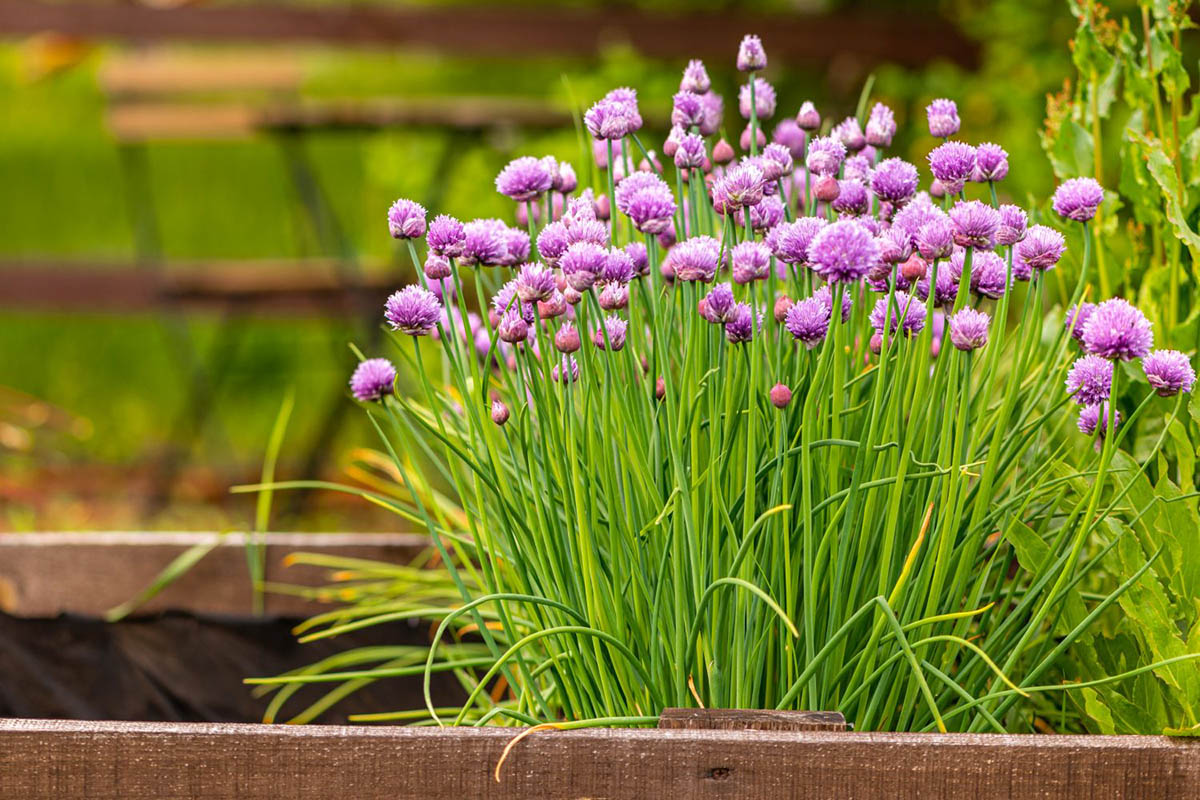
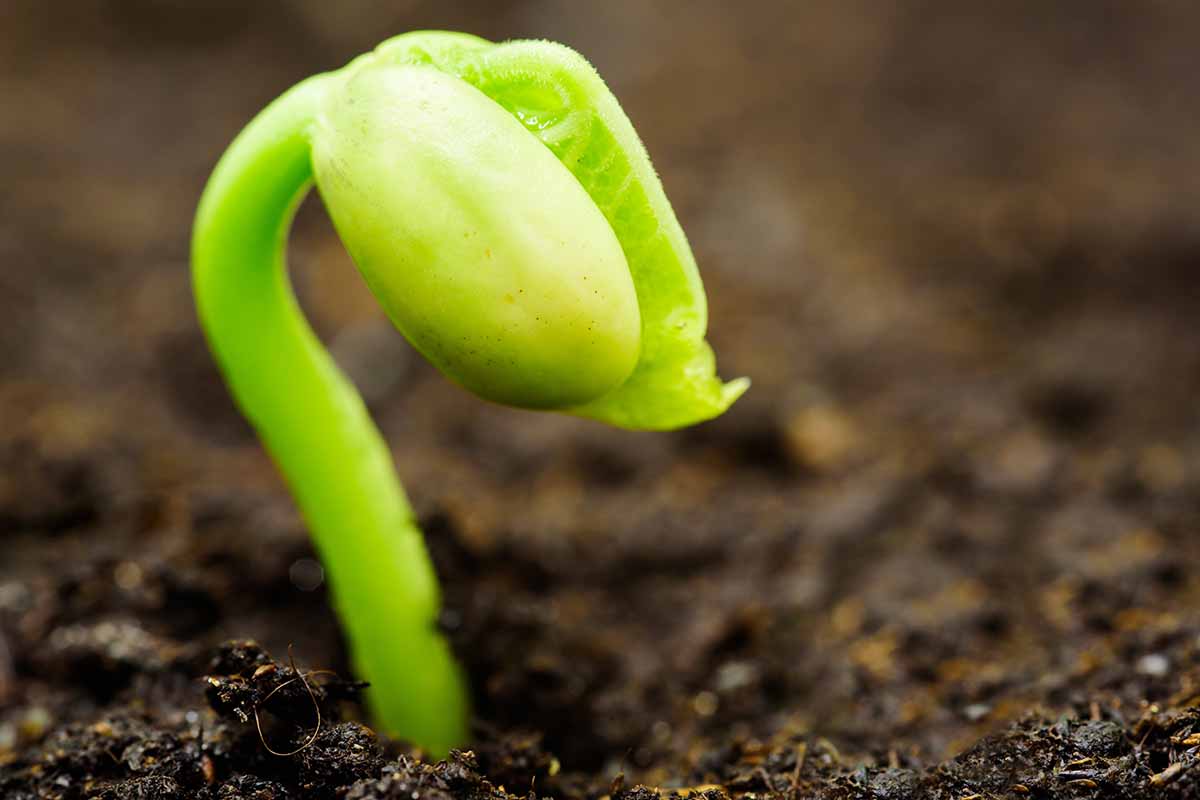
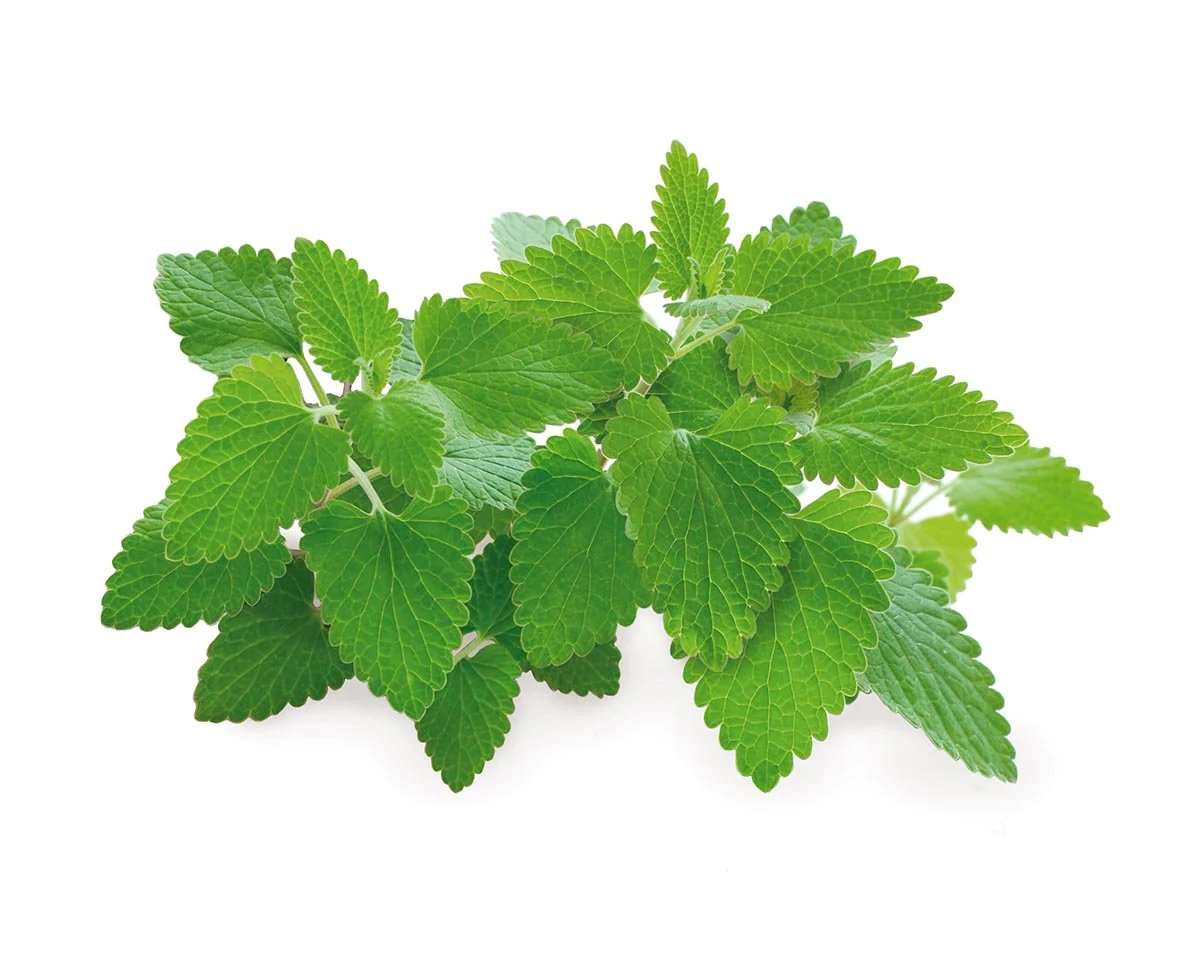
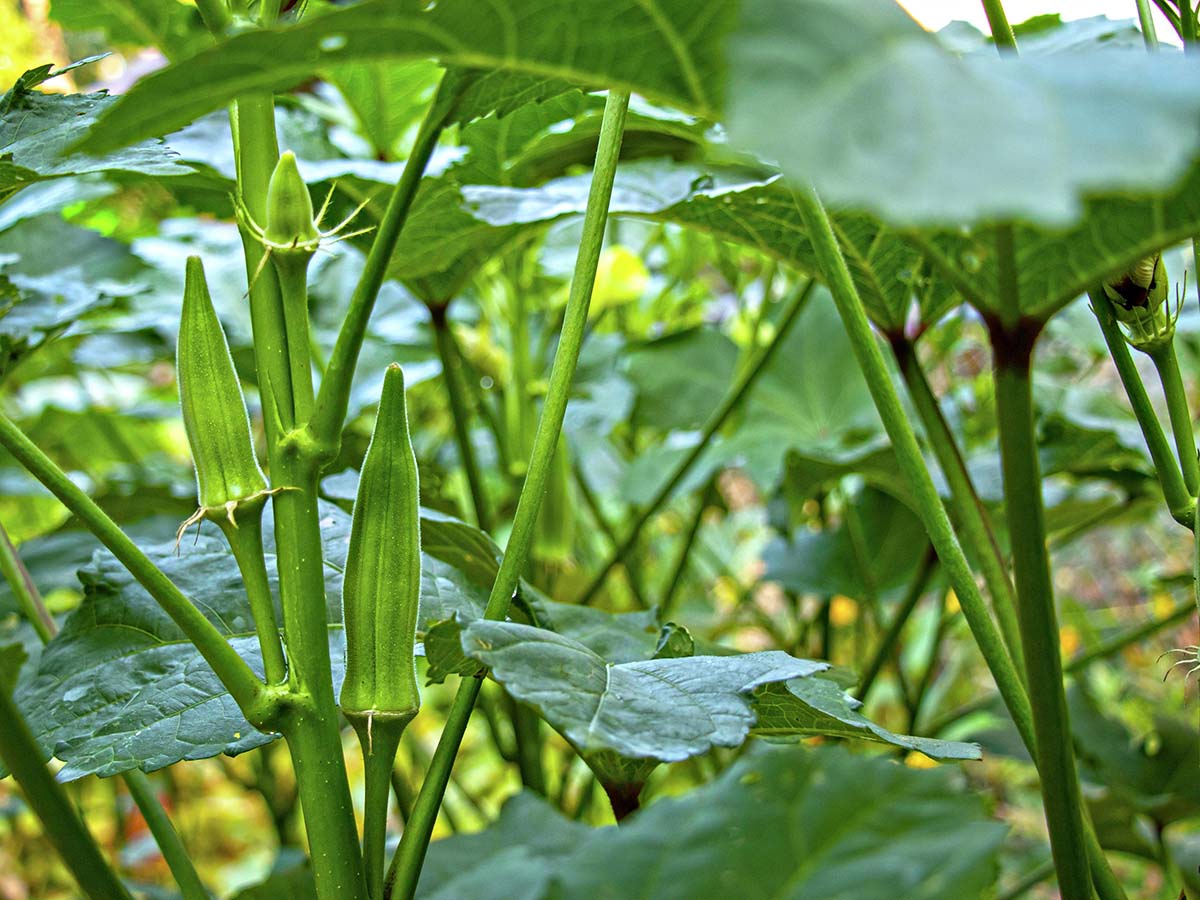
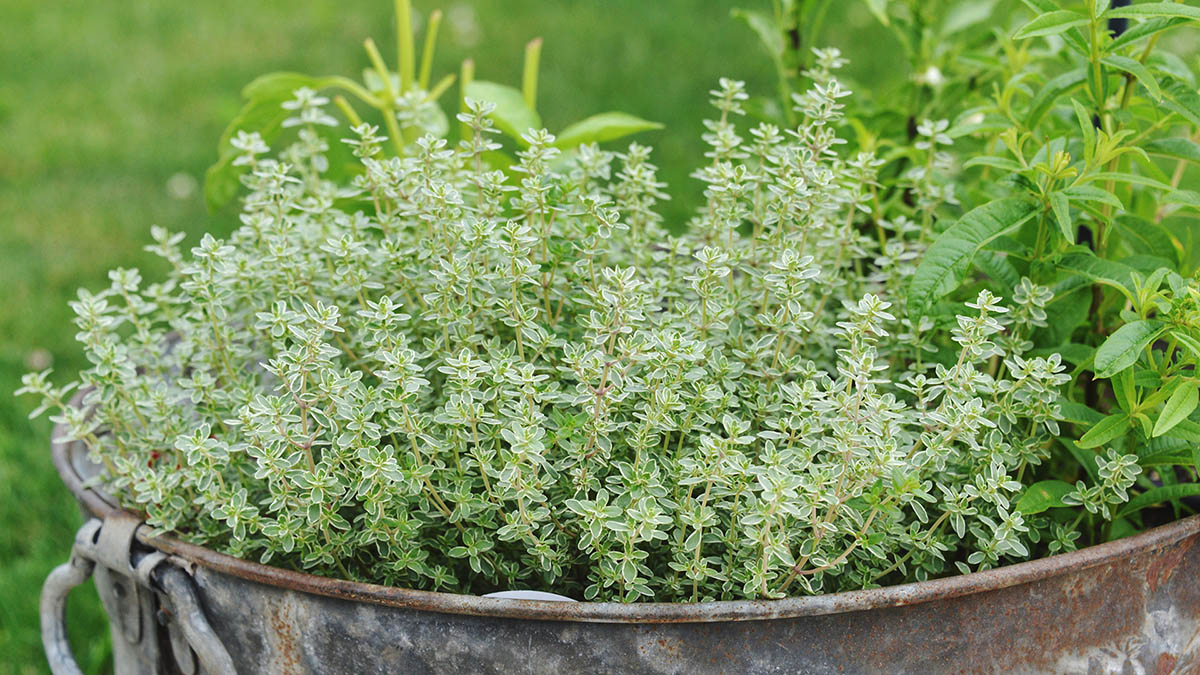

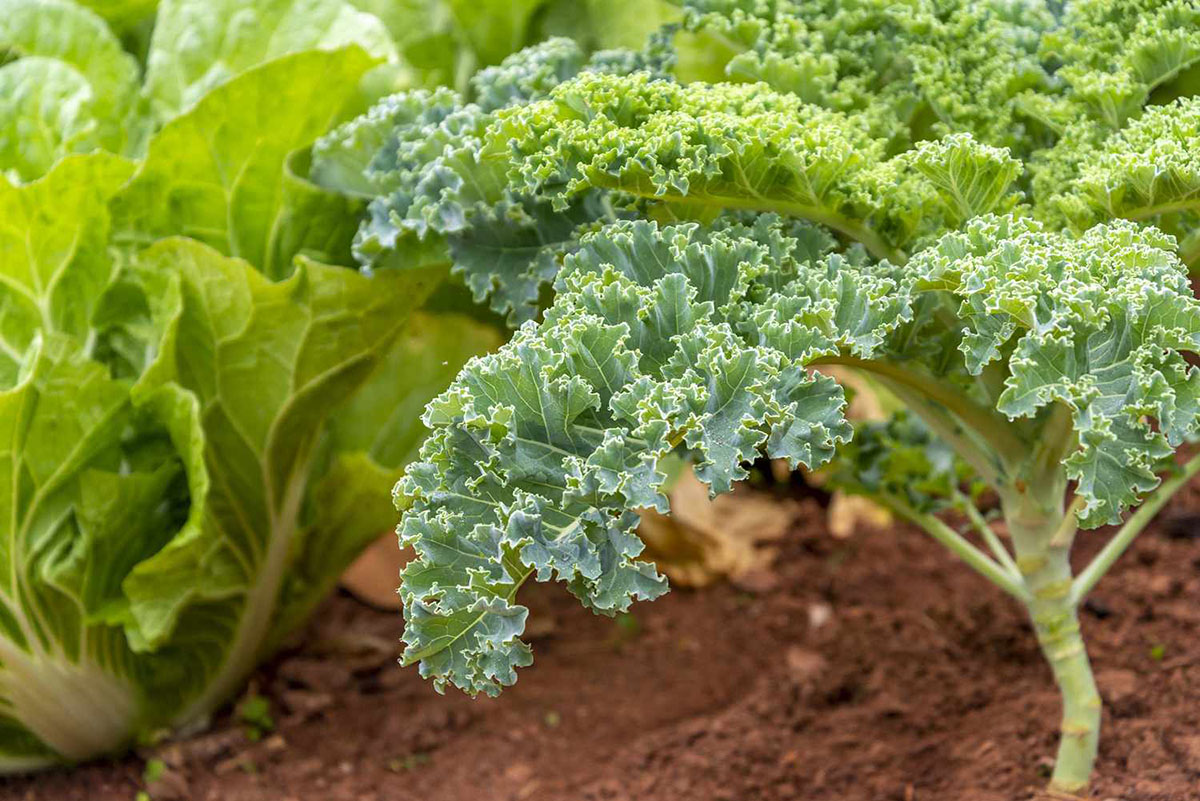
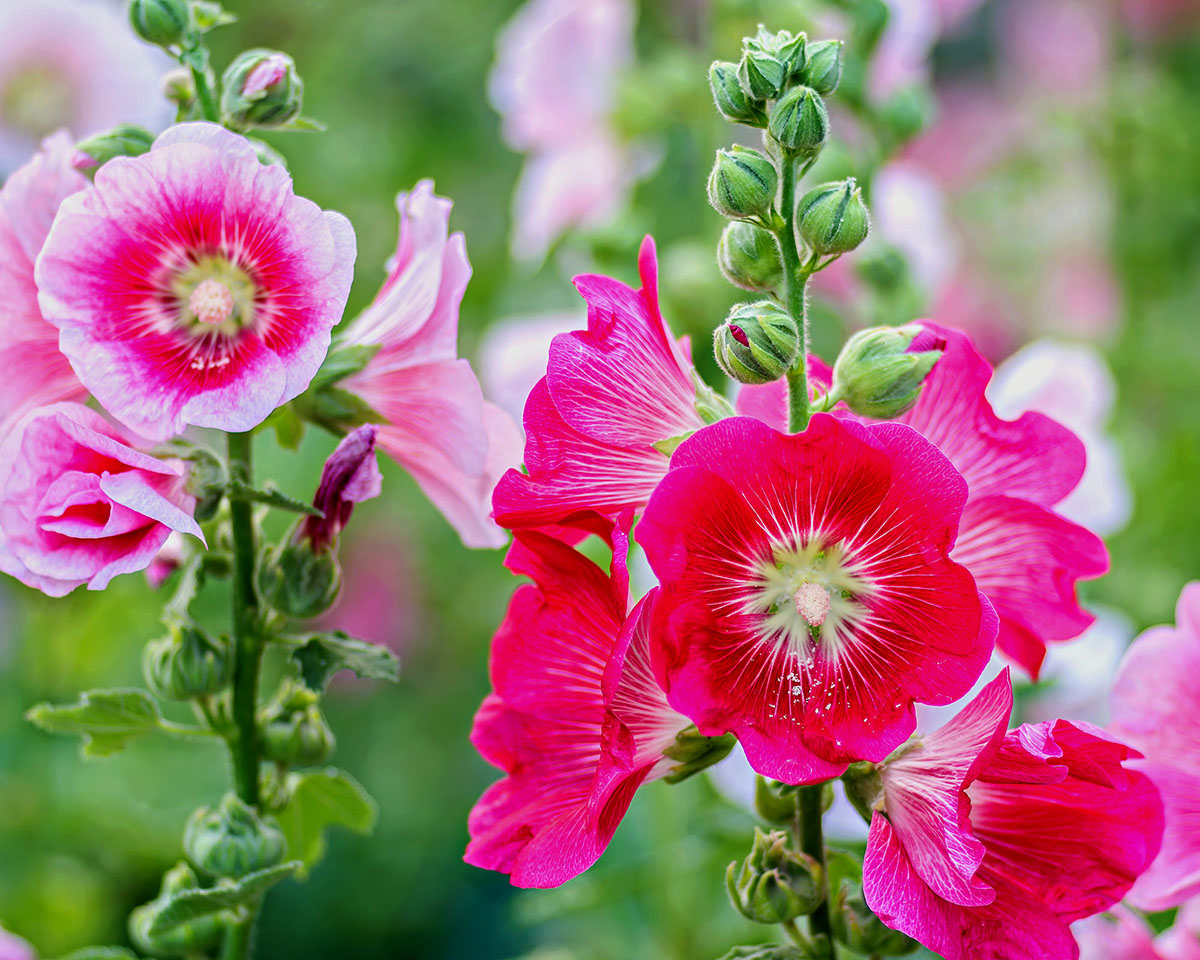
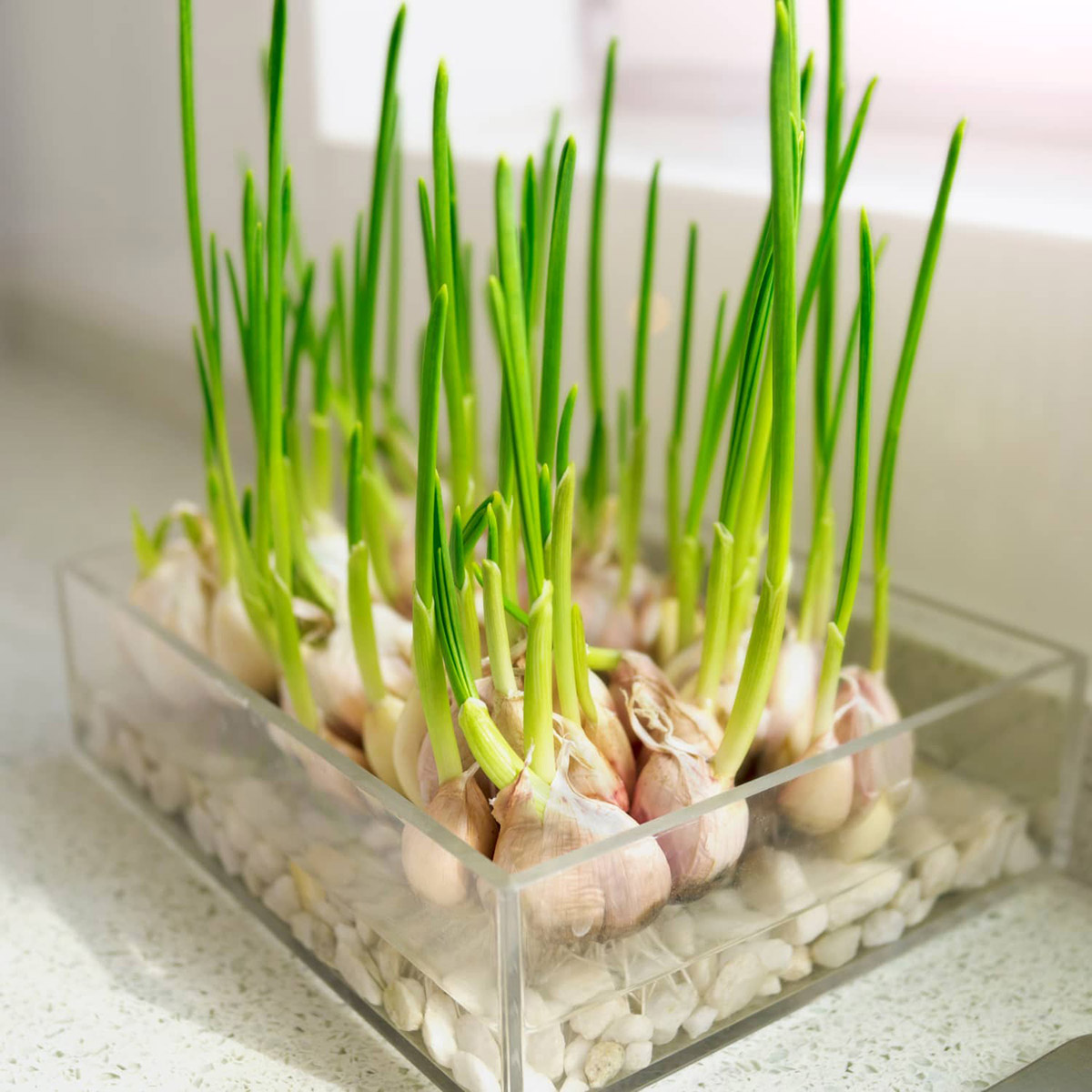
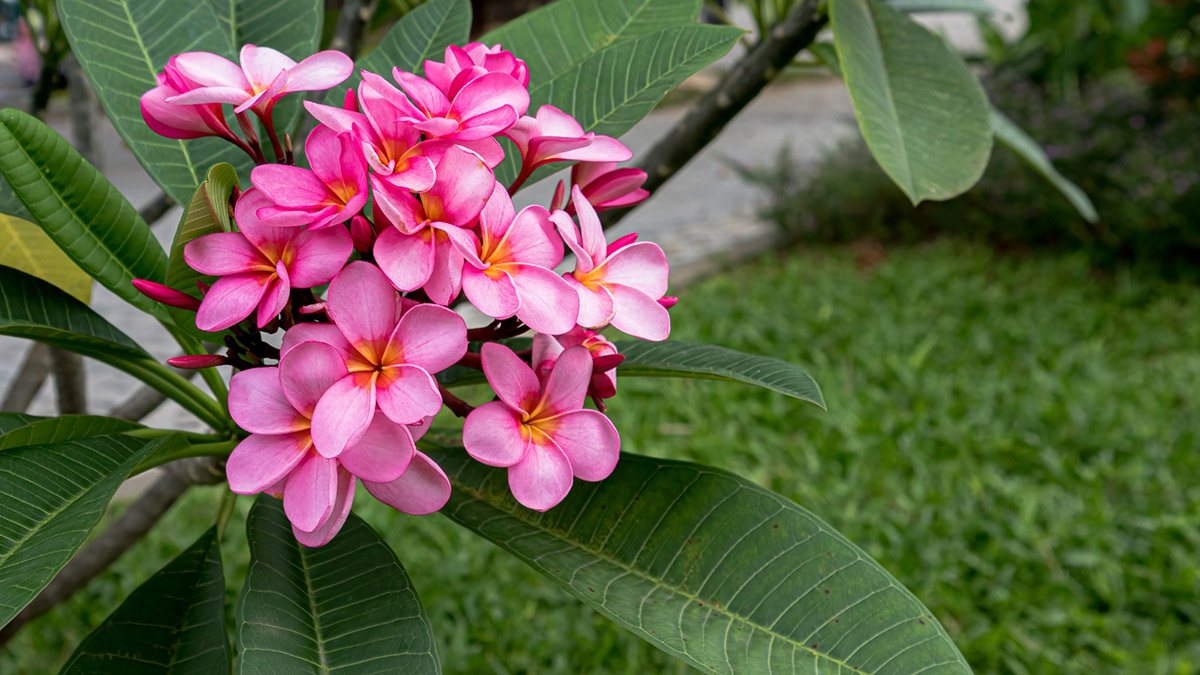
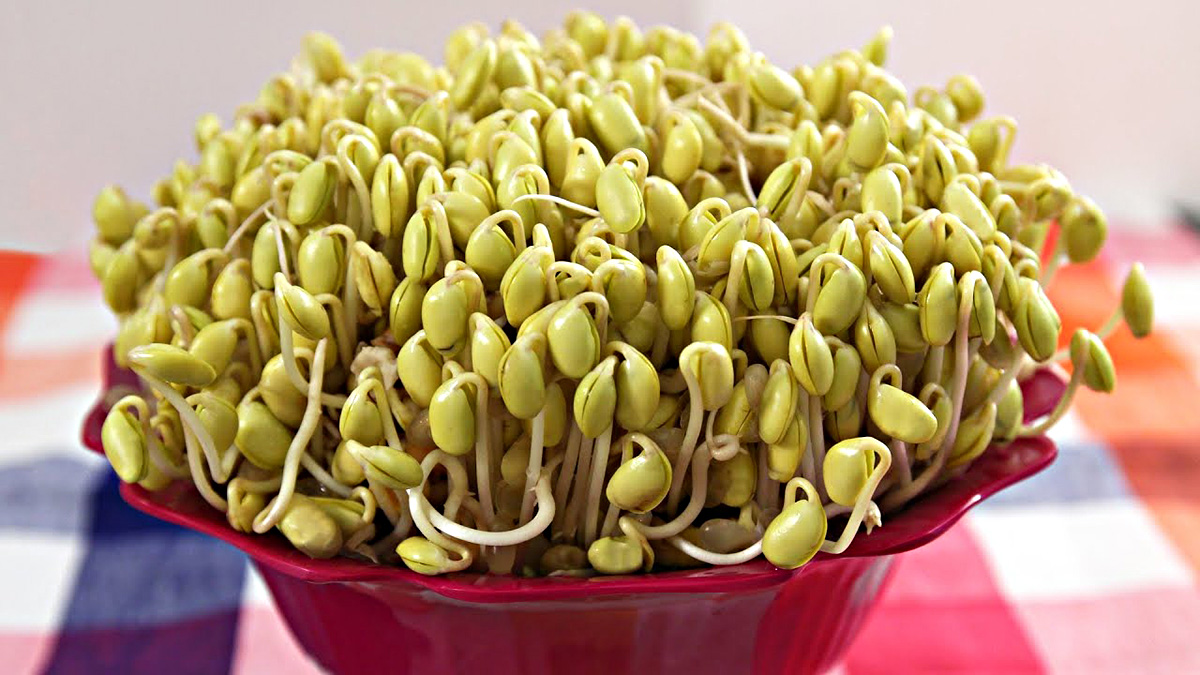
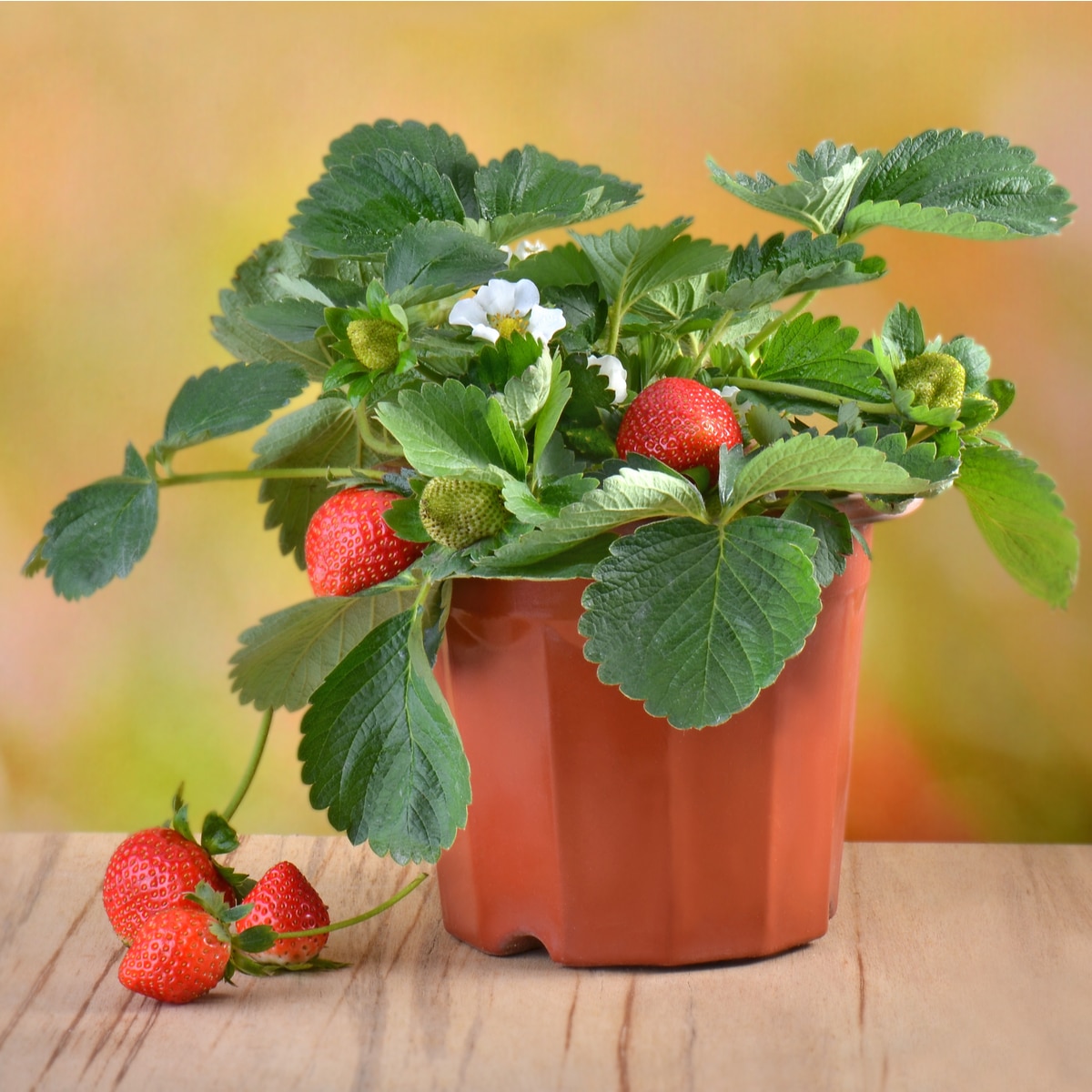

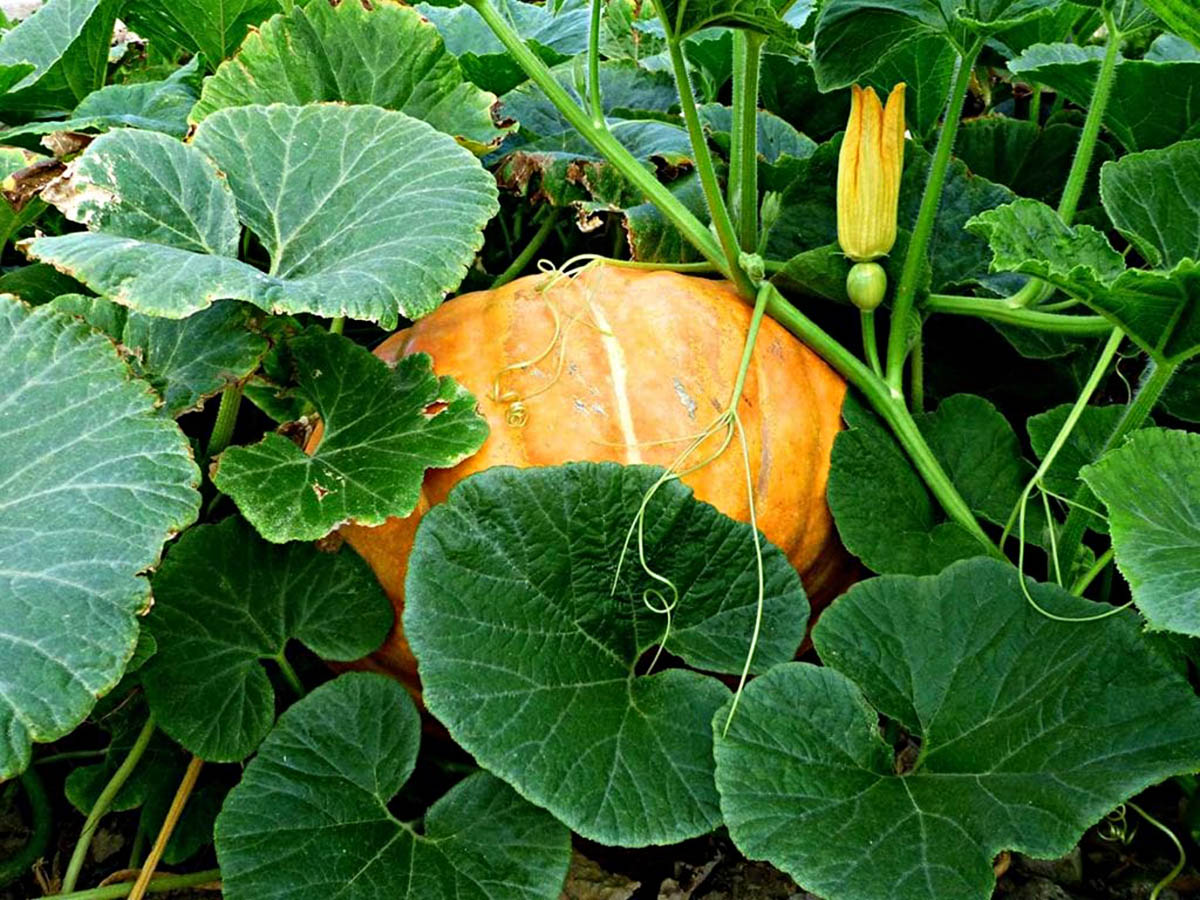

0 thoughts on “How Long Does It Take Cantaloupe To Germinate”